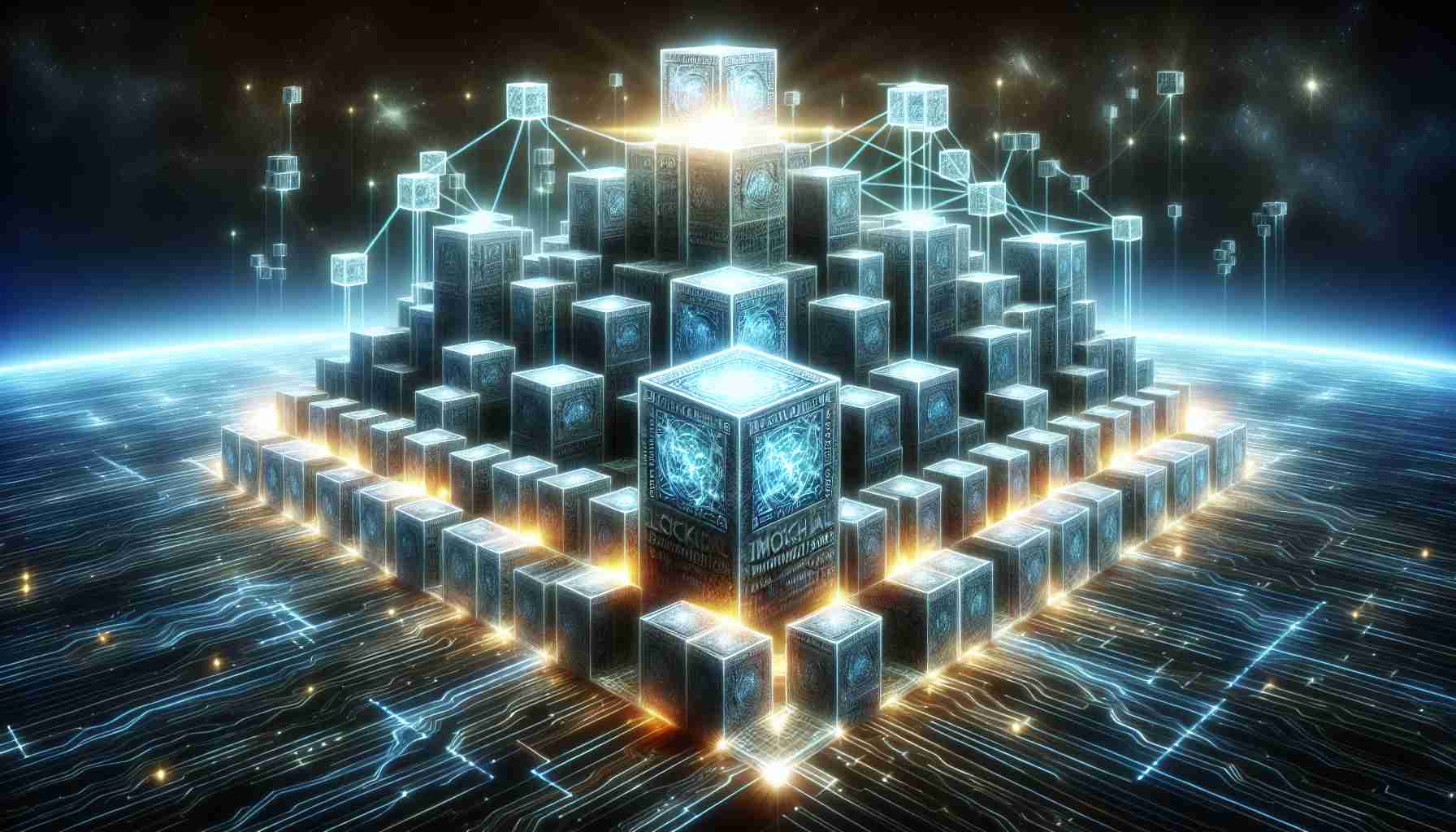Innovations in data retention now allow for the possibility of “immortal blockchains,” a revolutionary technology designed to preserve digital data for eons, even in the absence of power. Central to the advancement of blockchain technology is the concept that a decentralized network provides superior safeguarding of information compared to traditional, centralized servers. This is especially true as they can withstand local disruptions such as power outages, provided that other nodes around the globe remain active.
In comparison, centralized data repositories hinge greatly on continuous electricity supply, and despite short-term solutions like battery backups, long-term threats like a global blackout pose significant risks. While such extreme conditions are rare, they trigger concerns about the persistence of information contained on blockchain platforms like Bitcoin and Ethereum.
Addressing the vulnerability of current blockchain systems to power loss, the cutting-edge idea of immortal blockchains comes to the forefront. Such blockchains could endure even in scenarios of prolonged energy failure or human absence, safeguarding human knowledge through time.
Sophisticated preservation methods such as DNA storage and Ceramic Nano Memory have come into play, encoding data onto robust mediums to last over millennia. Though these were not initially developed for blockchain, the technologies prove capable of archiving critical information indefinitely.
As we explore the prospects of zero energy storage, we can envision snapshotting functioning blockchains into enduring mediums, allowing future civilizations or entities to resurrect and interpret them. Documents like the Bitcoin white paper might be stored perpetually in forms that could resist degradation through ages, setting the scene for an era where digital legacies can withstand the test of time without energy consumption.
Key Questions and Answers:
1. What are immortal blockchains?
Immortal blockchains are envisioned blockchain systems designed to preserve digital data indefinitely, even without a continuous power supply.
2. How do immortal blockchains differ from current blockchain technology?
Current blockchain technologies depend on a network of computers that require power to function. Immortal blockchains would be able to maintain data integrity even during prolonged power outages or in the absence of active maintenance.
3. What are the potential methods for creating immortal blockchains?
Potential methods include encoding data in DNA storage or ceramic nano memory—mediums expected to last thousands of years and withstand harsh environmental conditions.
Key Challenges and Controversies:
One challenge is the technical complexity of converting blockchain data into a format that can be encoded into DNA or other long-lasting media. Another issue is the potential costliness of these technologies, which could limit their widespread adoption. Ensuring the readability and accessibility of this data in the distant future is also a concern, as future technologies and civilizations might not have the means to interpret or access data stored using obsolete methods or technologies.
Another point of contention lies in the energy consumption of traditional blockchains. While immortal blockchain storage aims to mitigate energy concerns after initial storage, the processing power required to maintain many current blockchains still poses environmental and economic concerns.
Advantages:
– Resilience: Immortal blockchains are designed to withstand catastrophic events and outages, ensuring data survives disasters.
– Preservation of Knowledge: They offer a way to safeguard important information, historical records, and cultural heritage for future generations.
– Decentralization: They emphasize the decentralized nature of blockchain, detaching data preservation from the control of any single entity or centralized systems.
Disadvantages:
– Cost: Implementation of immortal blockchain technology can be expensive due to the novel storage mediums like DNA storage.
– Technical Limitations: As technology evolves, keeping the stored data comprehensible and accessible is a significant challenge.
– Evolution of Standards: Over millennia, encoding and decoding standards could change, making it difficult to guarantee that data will still be interpretable.
For more information about blockchain technology and its innovations, please visit Bitcoin or Ethereum. These links lead to the main pages for two of the most well-known blockchain platforms that might be affected by the advancements in immortal blockchain storage.



